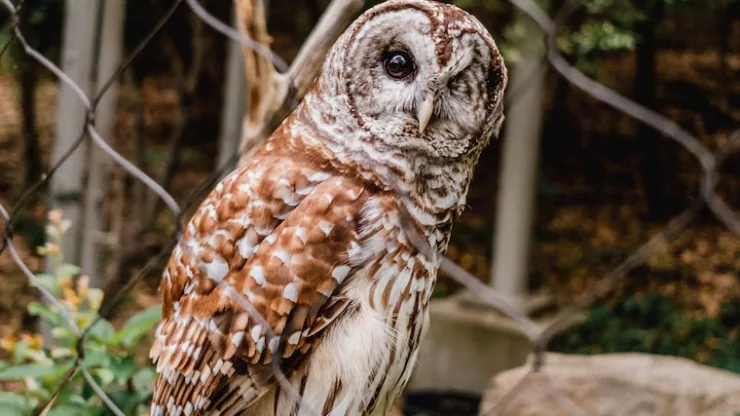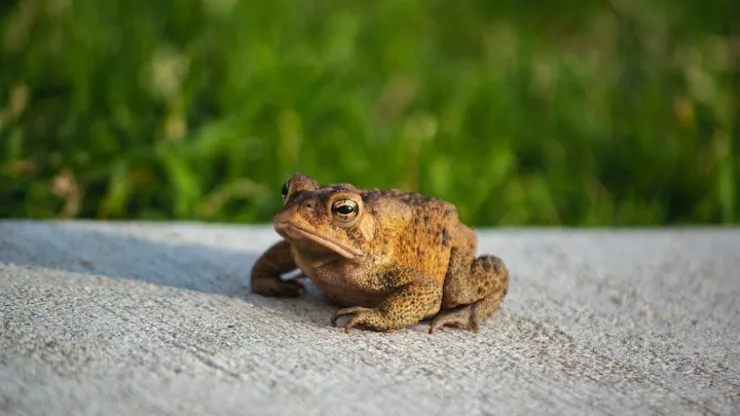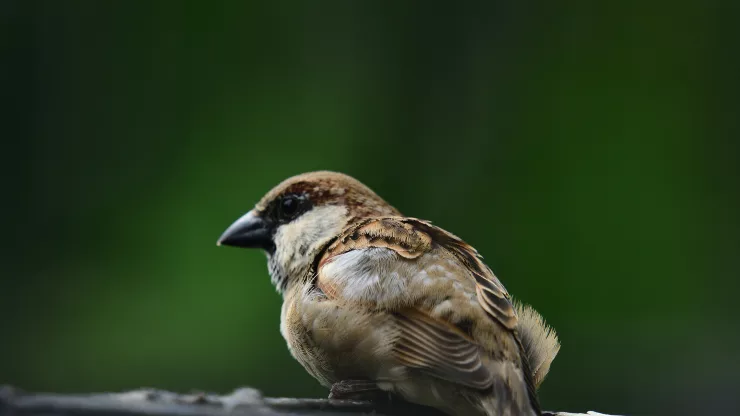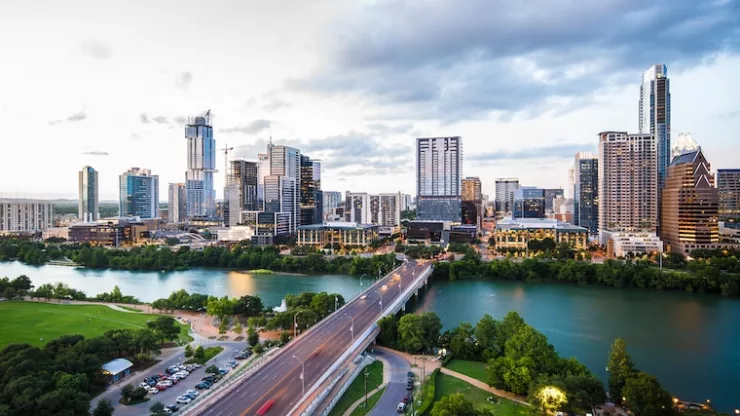As cities continue to grow and expand, urban wildlife is becoming an increasingly common sight.
From birds and squirrels to coyotes and raccoons, these animals are finding ways to thrive in the concrete jungles we have created.
However, as their populations increase, so too does the potential for interactions between humans and wildlife.
In this article, we will explore the connections between urban wildlife and public health and examine the ways in which these two seemingly disparate topics are intertwined.
Jump to Section
Introduction
Urbanization is a global trend that is rapidly changing the face of our planet.
As more and more people move into cities, the natural habitats of many animals are being destroyed or fragmented.
Despite this, some species are finding ways to adapt and even thrive in these new environments.
This has led to an increase in the number of interactions between humans and wildlife, which can have both positive and negative effects on public health.
Understanding Urban Wildlife and Public Health: Exploring the Connections
The Importance of Studying Urban Wildlife and Public Health
Studying the connections between urban wildlife and public health is essential for understanding the complex relationships that exist between humans and the natural world.
By examining these relationships, we can identify potential risks and benefits associated with urban wildlife and develop strategies for managing them effectively.
The Impact of Urban Wildlife on Public Health
While urban wildlife can have many positive effects on public health, such as reducing stress and promoting biodiversity, there are also potential risks associated with interactions between humans and wildlife.
Examining the Risks of Urban Wildlife Encounters for Humans
Urban wildlife encounters can pose a risk to human health in several ways.
For example, bites or scratches from animals such as raccoons or coyotes can result in serious injuries and the transmission of diseases like rabies.
Additionally, some animals, like rats, can carry diseases that can be transmitted to humans through contact with their feces.
Understanding the Role of Urban Wildlife in Disease Transmission
Urban wildlife can also play a role in the transmission of diseases to humans.
For example, ticks carried by deer can transmit Lyme disease, while mosquitoes can transmit West Nile virus.
By understanding the ways in which urban wildlife can contribute to disease transmission, we can develop strategies for reducing the risk of outbreaks and protecting public health.
The Benefits of Urban Wildlife for Public Health
While there are potential risks associated with urban wildlife, these animals can also have many positive effects on public health.
Exploring the Positive Effects of Urban Wildlife on Mental Health
Studies have shown that exposure to nature, including urban wildlife, can have a positive impact on mental health.
For example, watching birds or squirrels can reduce stress and promote feelings of relaxation and well-being.
Understanding the Impact of Urban Wildlife on Biodiversity
Urban wildlife can also play an important role in promoting biodiversity in urban environments.
By providing habitat and food sources for a variety of species, urban wildlife can help to support healthy ecosystems and create more sustainable cities.
Managing Urban Wildlife for Public Health
Managing urban wildlife effectively is essential for protecting public health and ensuring that humans and wildlife can coexist peacefully in urban environments.
Strategies for Reducing Human-Wildlife Conflict in Urban Environments
To reduce the risk of conflicts between humans and wildlife, it is important to develop strategies for managing urban wildlife effectively.
This can include measures such as removing food sources that may attract animals, implementing humane trapping and relocation programs, and educating the public about how to safely interact with urban wildlife.
The Role of Urban Planning in Promoting Coexistence Between Humans and Wildlife
Urban planning can also play a role in promoting coexistence between humans and wildlife.
By creating green spaces and preserving natural habitats within urban environments, we can provide essential habitat and food sources for urban wildlife while also promoting biodiversity and creating healthier, more sustainable cities.
Case Studies: Urban Wildlife and Public Health
To better understand the connections between urban wildlife and public health, let’s take a closer look at two specific cases: coyotes and raccoons.
The Case of Coyotes in Urban Environments
| Potential Risks | Potential Benefits |
|---|---|
| Encounters can result in injuries and transmission of diseases like rabies | Help to control rodent populations |
| Prey on small pets like cats and dogs | Promote biodiversity by providing habitat for a variety of species |
| Can cause property damage | Can provide opportunities for wildlife viewing and education |
The Case of Raccoons in Urban Environments
| Potential Risks | Potential Benefits |
|---|---|
| Can carry diseases like rabies and transmit them to humans | Help to control insect populations |
| Can cause property damage | Can provide opportunities for wildlife viewing and education |
| Prey on small pets like cats and dogs | Promote biodiversity by providing habitat for a variety of species |
Conclusion: Balancing Urban Development and Wildlife Conservation for Public Health
As urbanization continues to reshape our cities and the environment, it is essential that we find ways to balance the needs of humans and wildlife for the benefit of public health.
By studying the connections between urban wildlife and public health, we can develop effective strategies for managing urban wildlife and promoting coexistence between humans and wildlife in urban environments.
FAQ
What are some common urban wildlife species that people may encounter in cities?
Common urban wildlife species include birds, squirrels, raccoons, coyotes, skunks, and rats.
How can people reduce the risk of conflicts with urban wildlife?
To reduce the risk of conflicts with urban wildlife, people can take measures such as securing trash cans, removing food sources that may attract animals, and educating themselves about how to safely interact with wildlife.
What role can urban planning play in promoting coexistence between humans and wildlife?
Urban planning can play a crucial role in promoting coexistence between humans and wildlife by creating green spaces and preserving natural habitats within urban environments, providing essential habitat and food sources for urban wildlife while also promoting biodiversity and creating healthier, more sustainable cities.
I’m a nature enthusiast and creator of Metro Wilds and have spent years exploring the great outdoors.
With a passion for environmental conservation and sustainability, I have dedicated my career to writing about the beauty and wonders of nature, as well as the threats facing our planet.
Contact me at [email protected] for assistance.





